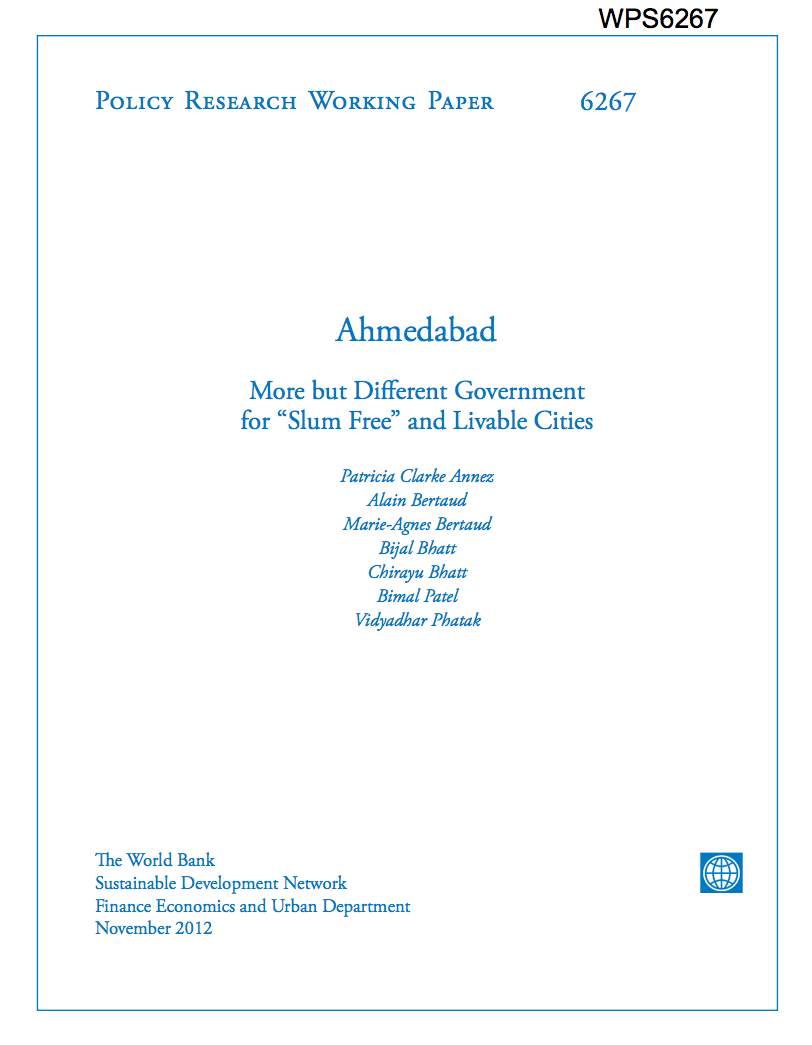Some Notes on How Land Title Affects Child Labor
Secure property rights are considered a key determinant of economic development. However, evaluation of the causal effects of land titling is a difficult task. Since 2004, a program called "Papel Passado'" has issued titles to more than over 85,000 families and has the goal to reach 750,000. This paper examines the direct impact of securing a property title on child labor force participation. This study uses a comparison between two close and similar communities in the City of Osasco case. The key point of this case is that some units participate in the program and others do not.


